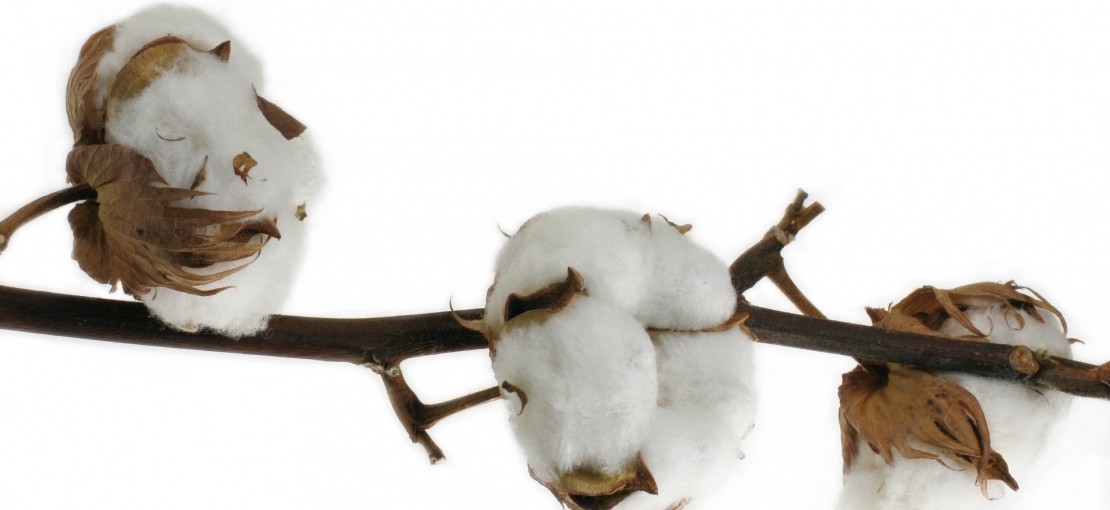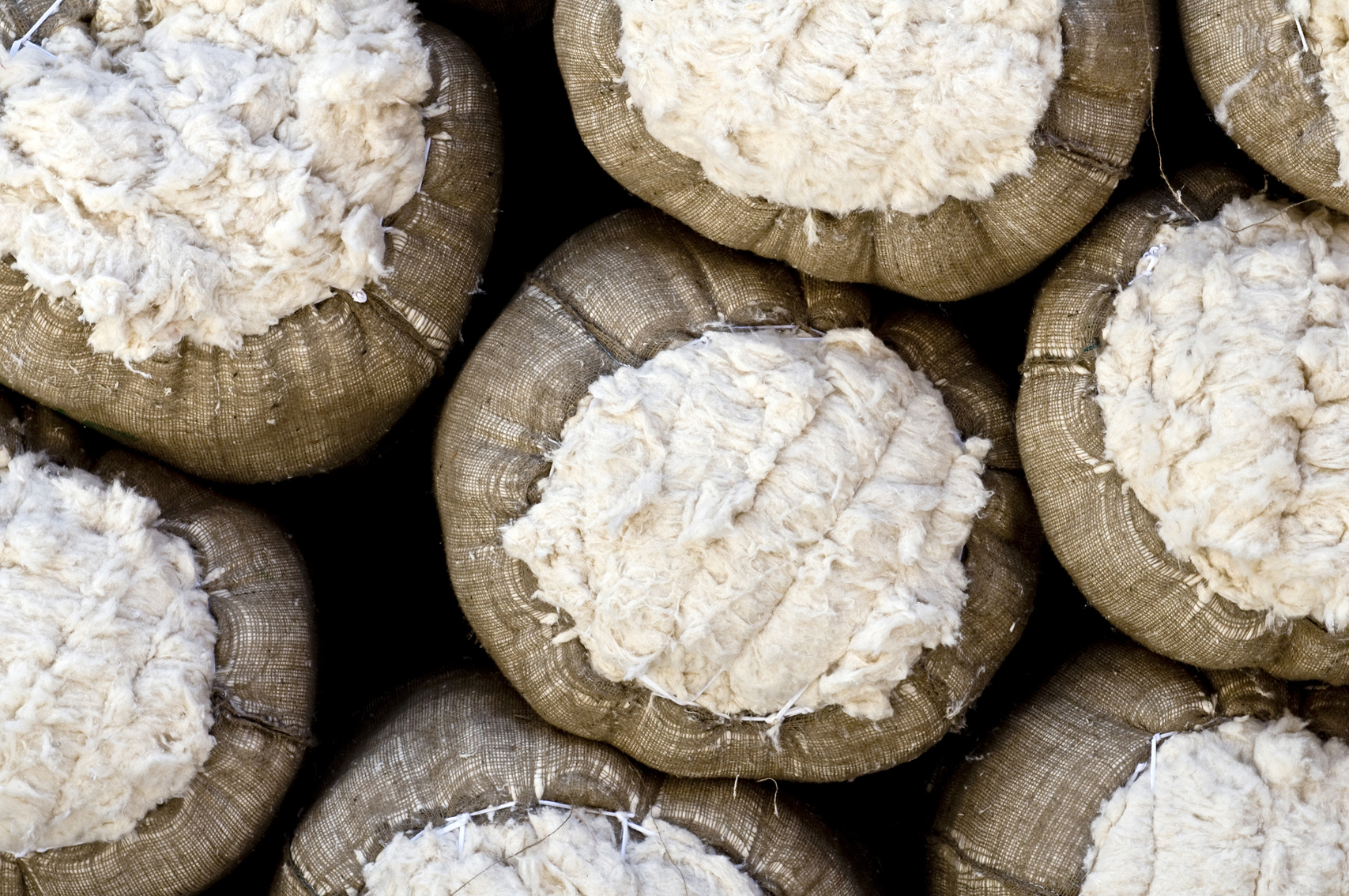
Organic cotton is better for people and the environment
Farmers ensure environmentally friendly raw material extraction
Today, VAUDE uses organic cotton exclusively - the only exception is shirt fabrics that are usually made of mixed materials in which the cotton content is low, and which are very difficult to obtain on the market in organic cotton quality.
Conventional cotton is a relatively “dirty” affair – not least of all for the cotton farmers themselves and the residents who live near cotton plantations.
According to research done by Pestizids-Aktions-Netzwerkes e.V. PAN, conventional cotton production accounts for the use of 25 percent of all insecticides and 11 percent of all pesticides in the world, although it only covers 2.4 percent of the world’s cultivated land use.
No pesticides, no chemical fertilizers
Organic cotton is cultivated following strict ecological standards. The use of pesticides and chemical fertilizers is eliminated. Also taboo: genetic engineering of the seed supply. Cultivating organic cotton uses significantly less water than conventional cotton cultivation and maintains natural soil fertility through crop rotation.
Organic cotton farmers are primarily organized into cooperatives. They are able to set a higher price for their organic cotton. This makes them more independent from raw material suppliers on the world market.
Organic and sustainable
By purchasing organic cotton, VAUDE contributes to the sustainable development of small farmers and, as an added benefit, to the retention of species diversity in the growing areas.
VAUDE products that are made of at least 90 percent organic cotton bear the VAUDE Green Shape quality label. The other 10 percent include other fibers, such as elasthane, which benefits product maintenance and increases the lifespan of the product.
Manufacturing of cotton yarn

Cotton is often grown on large fields. When it is mature, it is usually harvested mechanically; sometimes - especially on small farms – this is also done by hand. It is tedious, hard work.
The cotton is packed in rolls and delivered to the spinning mill. Once there, if must be prepared for the actual spinning: the fiber must be cleaned of seeds and leaves.
The plant’s individual fibers are linked by the stem. The must be stretched in one direction before spinning. They are grouped into so-called fiber ribbons, which are then spun into yarns.







